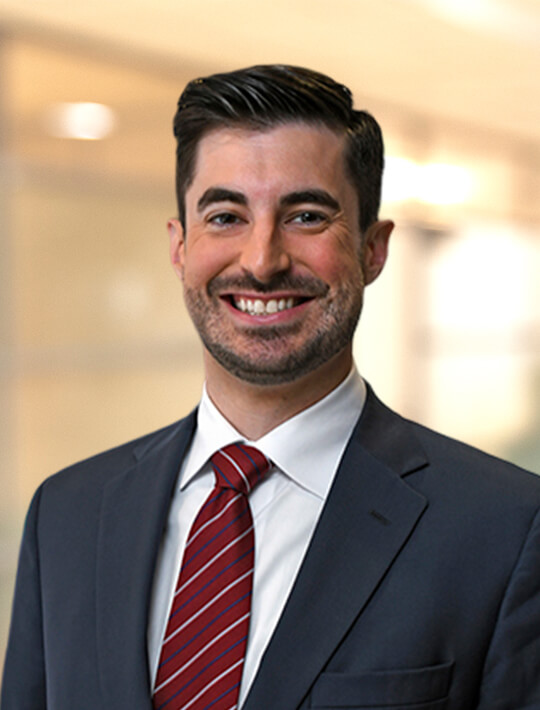The Main Street Lending Program (MSLP) is now live! On June 1, SKO issued an overview of the on the Federal Reserve’s May 27th updates to the MSLP, previously noting that the program was not yet operational. On Monday, June 8, the Federal Reserve Board implemented additional changes to the MSLP in an effort to increase participation by small and medium-sized businesses and to lower the risk for lenders providing priority loans. The changes include an extended term, increasing the range of the loan amounts, delaying principal payments an additional year and raising the Federal Reserve’s risk retention for the Priority Loan Facility. Click here to access an updated table (with the changes noted in bold blue ink) summarizing the final terms for each MSLP facility.
A More Manageable Repayment
The combined changes of (i) extending the loan term to five years, (ii) reducing the minimum loan size on the New and Priority facilities, and (iii) extending the principal payment deferral to two years will provide small and medium-size businesses with immediate funding in amounts more appropriate to their needs without hampering their ability to recover. Additionally, moving all MSLP facilities to a balloon payment at the end of the loan term will give borrowers more time to both recover from the impact of the COVID-19 crisis and to determine its best option for financing going forward.
Reduced Retention on Priority Loan Facility
A feature unique to the Priority Loan facility relative to the other two MSLP facilities is a borrower’s ability to use the loan proceeds to refinance existing debt. Originally, lenders were required to keep 15 percent of the principal balance of a Priority Loan on the lender’s books. The latest revisions from the Federal Reserve decreased the lenders’ risk on Priority Loans by increasing the Special Purpose Vehicle (SPV) participation interest to 95 percent of the principal amount (matching the other two MSLP facilities). Decreasing the total amount lenders will have keep on their balance sheets should free up additional capital for the lenders that can be used to make other loans.
No Answers for Non-profits (Yet)
While the Federal Reserve recognizes nonprofit organizations play an important role in each community, they have yet to establish guidance for non-profits to participate in the MSLP. On June 15, the Federal Reserve proposed two new facilities specifically for non-profits and is seeking comments on both by June 22, 2020. More information regarding the Nonprofit Organization New Loan Facility and Nonprofit Organization Expanded Loan Facility can be found here. Many non-profits have suffered tremendously in the wake of stay-at-home orders and social distancing requirements. COVID-19 has greatly hindered, if not eliminated, their ability to host in-person events and otherwise gather large groups of individuals, which are a central element to facilitate a non-profit’s mission. An MSLP loan may eventually be a tool to provide non-profits the immediate capital necessary to resume (or possibly even expand) their work while still protecting public health.
The MSLP is now live, effective yesterday, June 15, 2020. Interested borrowers should contact their lenders to discuss their eligibility and to determine which facility will fit their needs. Lenders may now register with the SPV to take advantage of the program. Registration materials and further information related to the MSLP can be found here.
****
Stoll Keenon Ogden understands that these are trying times for our clients and our country. Our firm operations have continued uninterrupted and our attorneys are equipped to serve as we always have – for more than 120 years.
Please also be sure to consult the Stoll Keenon Ogden Coronavirus Resource webpage for additional articles and information related to the latest information on new laws and directives enacted by federal, state, and local governments in response to the Coronavirus pandemic.

